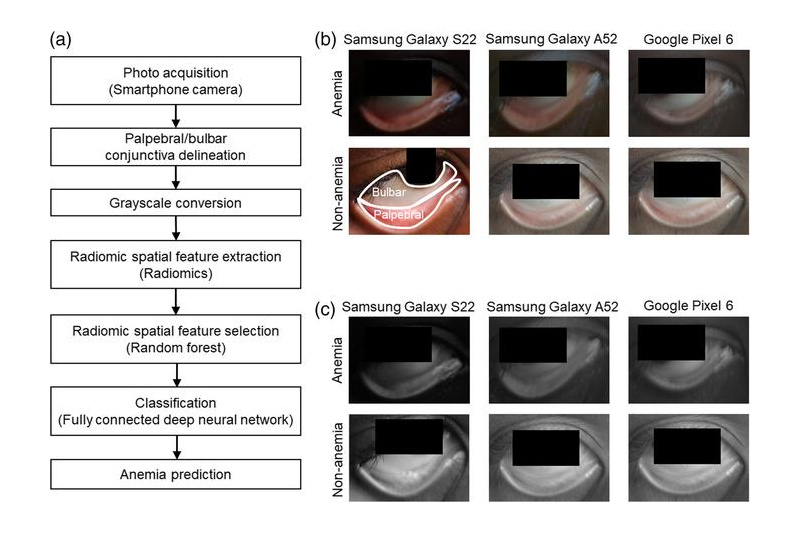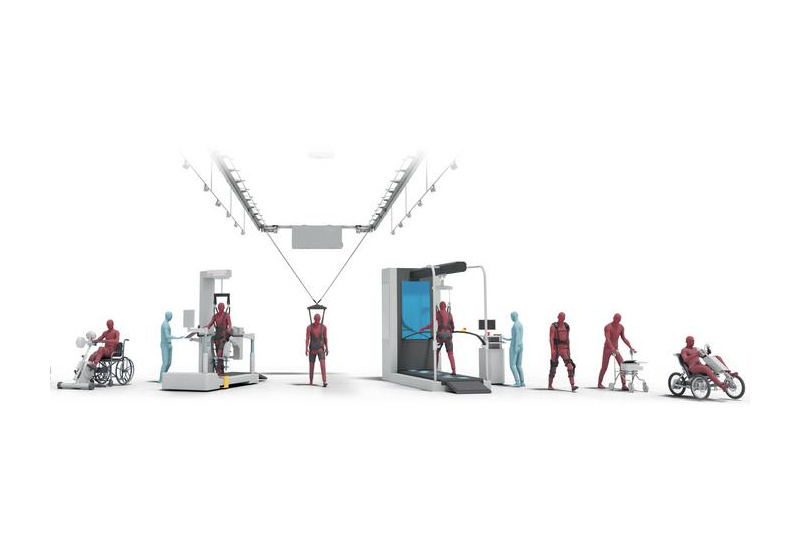
It is now possible to obtain three-dimensional, high-resolution images of enzyme activity in tissue samples or whole organs—thanks to probe molecules that anchor fluorescent dyes within tissue as they are activated by enzymes. The organ being mapped is made transparent by a clearing process. As a Japanese team reported in the journal Angewandte Chemie, this allowed for visualization of differences in aminopeptidase N activity and the effects of inhibitors in mouse kidneys. Enzymes play a crucial role in regulating physiological…

A Kobe University team was able to edit the DNA of Lactobacillus strains directly without a template from other organisms. This technique is indistinguishable from natural variation and enabled the researchers to create a strain that doesn’t produce diabetes-aggravating chemicals. Humans have improved the microorganisms we rely on for millennia, selecting variants that are better able to produce wine, yogurt, natto and many other products. More recently, direct genetic modification has emerged as a tool to exert more precise and…

Noninvasive method detects anemia in children by analyzing smartphone photos of the eye’s conjunctiva Anemia, a condition marked by low levels of hemoglobin in the blood, affects nearly 2 billion people worldwide. Among them, school-age children in low- and middle-income countries are particularly vulnerable. Left untreated, anemia in children can interfere with growth, learning, and overall development. Detecting the condition early is essential, but standard diagnostic methods require blood samples and lab equipment—resources that are often unavailable in low-income areas….

Designed by University of Missouri researchers, the device includes AI technology to detect potential heart problems with over 90% accuracy, making it a promising tool for at-home monitoring When we move, it’s harder for existing wearable devices to accurately track our heart activity. But University of Missouri researchers found that a starfish’s five-arm shape helps solve this problem. Inspired by how a starfish flips itself over — shrinking one of its arms and using the others in a coordinated motion…

A pan-Canadian team has developed a new way to quickly find personalized treatments for young cancer patients, by growing their tumours in chicken eggs and analyzing their proteins. The team, led by researchers from the University of British Columbia and BC Children’s Hospital Research Institute, is the first in Canada to combine these two techniques to identify and test a drug for a young patient’s tumour in time for their treatment. Their success in finding a new drug for the…

Life’s essential functions are powered by a set of compounds called metabolites, which are involved in every natural process including producing energy, regulating cell activity and keeping the body’s systems in balance. Tracking these molecules offers a window into the onset and status of many diseases, overall health, response to treatment and the intricate workings of biological systems. However, today’s metabolite sensing methods fall short. Most rely on resource-intensive lab tests that give only brief snapshots from isolated samples. The…

New technology promises to make minimally invasive surgery simpler, safer, and more precise Researchers from NYU Abu Dhabi’s Advanced Microfluidics and Microdevices Laboratory (AMMLab) have developed an innovative sensing system that restores the missing tactile feedback in minimally invasive surgery (MIS), enhancing precision, ease of use, and safety. The new “off-the-jaw” system integrates force and angle sensors into the handle of laparoscopic tools, providing surgeons with real-time measurements of grasping forces and insights into tissue stiffness and thickness. Minimally invasive…

Spinal cord injuries are life-altering, often leaving individuals with severe mobility impairments. While rehabilitation robotics—devices that guide movement during therapy—have improved training for those with spinal cord injuries, their effectiveness remains limited. Without active muscle engagement, robotic-assisted movement alone does not sufficiently retrain the nervous system. A team at .NeuroRestore, led by Grégoire Courtine and Jocelyne Bloch, has now developed a system that seemlessly integrates an implanted spinal cord neuroprosthesis with rehabilitation robotics. The researchers’ device delivers well-timed electrical pulses…

Scientists at St. Jude Children’s Research Hospital used positron emission tomography (PET) with edaravone, a drug used to treat ALS, to detect oxidative stress Positron emission tomography (PET) is a nuclear imaging technique used to diagnose conditions such as cancer. An innovative advance from scientists at St. Jude Children’s Research Hospital is enhancing the technique’s ability to check for signs of neurological disease. The researchers repurposed the drug edaravone, an antioxidant used to treat amyotrophic lateral sclerosis (ALS), as a probe to…

In a study published today in Biofunctional Materials, Prof. Dr. Haidar, Founder and CEO of BioMAT’X I+D+I LABs in Santiago, Chile, unveils a groundbreaking advancement in dental care: Copper-incorporated microvesicles (CiMs). This innovative technology combines the healing power of copper with microvesicles to enhance tissue regeneration, promote healing, and combat oral diseases. With potential applications in dentistry, cranio-maxillo-facial surgery and beyond, CiMs; a promising leap forward in biomedical technology. In an exciting breakthrough for dental care, researchers are introducing copper-incorporated…

Adaptable model can replicate realistic breathing maneuvers and offer personalized evaluation of aerosol therapeutics under various breathing conditions Respiratory diseases are a challenging problem to treat. Inhalable medicines are a promising solution that depend on the ability to deliver tiny particles known as aerosols to the correct location in the lungs at the correct dosage. How effectively this works can get complicated, depending on the drug, delivery method and patient. This is because it is difficult to predict just how…

Synthetic biologists from Yale were able to re-write the genetic code of an organism — a novel genomically recoded organism (GRO) with one stop codon — using a cellular platform that they developed enabling the production of new classes of synthetic proteins. These synthetic proteins, researchers say, offer the promise of innumerable medical and industrial applications that can benefit society and human health. The creation of the landmark GRO, known as “Ochre” — which fully compresses redundant, or “degenerate” codons,…

Researchers work towards an inexpensive and portable solution for treating aphasia Electroencephalography (EEG) may offer a more accessible alternative to functional magnetic resonance imaging (fMRI) for guiding transcranial direct current stimulation (tDCS) when treating aphasia. Researchers from Institute of Science Tokyo found an 80% agreement between EEG and fMRI in identifying brain regions activated during language tasks. Furthermore, EEG-guided tDCS improved picture-naming speed in participants, indicating its potential for innovative therapies in language disorders. Many neurological disorders are directly linked…

Innovative stent surface technology to control vascular cell responses without drug side effects. The research team led by Dr. Hojeong Jeon and Dr. Hyung-Seop Han of the Biomaterials Research Center at the Korea Institute of Science and Technology (KIST, President Oh Sang-Rok), along with Dr. Indong Jun from KIST Europe, has developed a novel stent surface treatment technology using laser patterning. This technology promotes endothelial cell growth while inhibiting smooth muscle cell dedifferentiation in blood vessels. By controlling cellular responses to nanostructured…

Active monitoring is a sufficiently safe option when prostate MRI findings are negative. There are several strategies for the early detection of prostate cancer. The first step is often a blood test for prostate-specific antigen (PSA). If PSA levels exceed a certain threshold, the next step typically involves taking a tissue sample for analysis. Another option is to use magnetic resonance imaging (MRI) to search for signs of a tumor before deciding whether a biopsy is necessary, reserving biopsies only…

A new method of scanning lungs is able to show the effects of treatment on lung function in real time and enable experts to see the functioning of transplanted lungs. This could enable medics to identify sooner any decline in lung function. The scan method has enabled the team, led by researchers at Newcastle University, UK, to see how air moves in and out of the lungs as people take a breath in patients with asthma, chronic obstructive pulmonary disease…